A leather jacket gains everlasting appeal through patch additions because these accessories enable individuals to create custom designs that show their personal preferences. Both functional and fashionable needs can be supported by patches that provide an enjoyable process to turn your jacket into a distinctive masterpiece.
Follow these steps that are discussed in this blog for patch application to your leather jacket using sewing alone or combined with glueing or as an additional damage protection method.
Why Add Patches?
Patches are a way to showcase what you care about, which includes
-
Musical preferences
-
Travelling habits
-
Interests like motorcycling
-
Distinctive appearance
-
Small damages can be rebuilt using style patches over the affected areas.
-
Depict your identity while silently conveying your essence to others.
What You’ll Need
To start preparing these important supplies.
-
Leather jacket (clean and dry)
-
Patches of your choice
-
Heavy-duty thread (polyester or nylon)
-
A leather needle or thimble helps to sew fabric by hand.
-
Scissors
-
Fabric or leather glue (optional)
-
Pins or double-sided tape
-
Soft cloth for cleaning
Prep the Jacket
-
Prepare the surface before patch application with a safe leather cleaning product.
-
Place your jacket smoothly across a hard surface.
-
Pin or tape lets you see how your patches will look on their placement. Try different layouts before committing.
Method 1: Sewing Patches On
Threads offer the highest durability for patch attachment and create a genuine military field appearance.
Steps:
-
Fasten a threaded end before starting to work.
-
Begin stitching the patch from its top left corner while placing stitches right next to the fabric edge.
-
Use continuous rows of stitches while moving carefully across turnings.
-
The last stitch should go through the first for a safer finishing point.
-
Secure the thread end by knotting it inside the jacket and cutting off any extra thread.
Tips:
-
Take out some of the fabric lining from the jacket to help you work inside more easily.
-
The thimble will shield your fingers during this process.
-
Tightly place your stitches when you want your material to last.
Method 2: Using Fabric or Leather Glue
For decorative patches stick and glue is a suitable alternative to traditional sewing.
Steps:
-
Place a small amount of glue directly onto the back side of the patch.
-
Press the patch hard onto the fabric surface.
-
Weight must be placed on the patch for some time to make the bond last.
-
Follow the manufacturer's recommendations about drying time, which is usually mentioned as 24 to 48 hours here.
Tips:
-
The patch needs direct pressure to stick well because you cannot shift it after sealing.
-
Keep the glue liquid away from the leather surface.
-
Use glue marked safe for leather to achieve successful repair results.
Maintenance Tips
-
Use a moist cloth to fix small stained areas.
-
Do not allow your jacket to become wet.
-
Depending on the use of your jacket, you must regularly inspect the patches and bond their edges when they lift.
-
Hang your jacket on a padded rack in a shaded and temperate spot.
Conclusion
Developing your leather jacket from the Marco Enzolani collection with patches becomes a project of self-expression through creativity. You can use patches to show your personality by selecting either large back flap designs or small insignias on your sleeves. Make your leather jacket artwork by getting supplies first and working carefully.
FAQs
1. Can I iron patches onto a leather jacket
Ironing patches directly onto leather can damage the material. It’s best to use sewing or fabric glue instead.
2. What kind of thread should I use to sew leather patches?
Use heavy-duty polyester or nylon thread for strong, durable stitching that can handle the thickness of leather.
3. Will glue damage my leather jacket?
Not if you use leather-specific fabric glue. Always test on a small area first and follow the manufacturer’s instructions.
4. Do I need a special needle to sew on leather?
Yes, a leather or heavy-duty needle is recommended for smooth, clean stitching without tearing the leather.
5. How do I clean my jacket after applying patches?
Gently dust or spot clean with leather-friendly products. Avoid soaking or machine washing, especially if you use fabric glue.



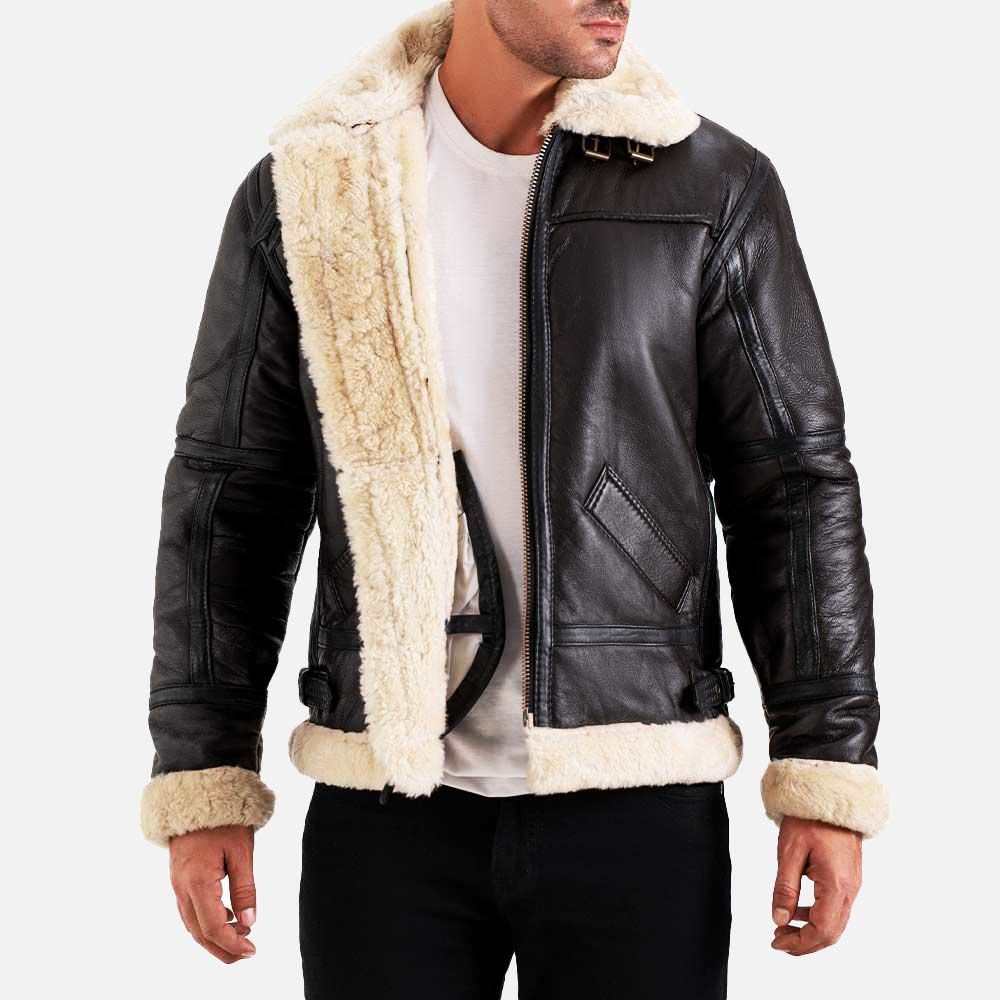
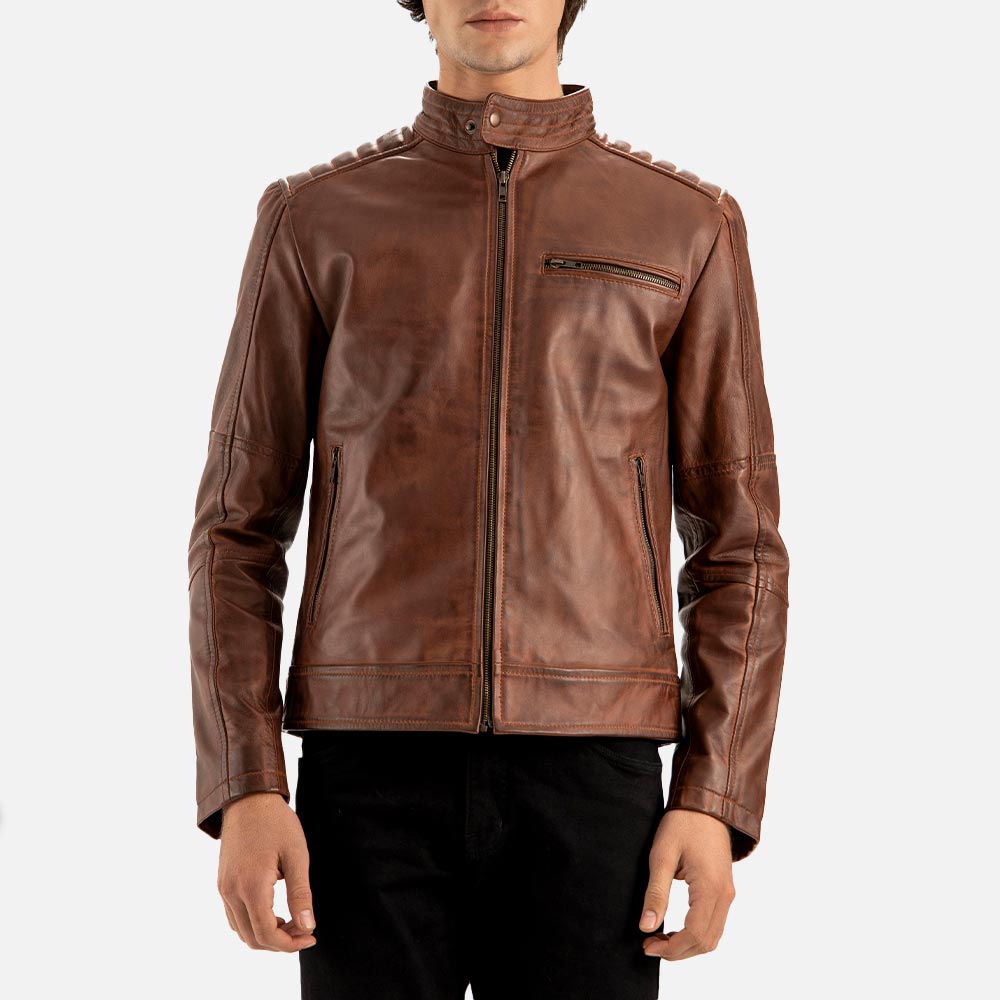

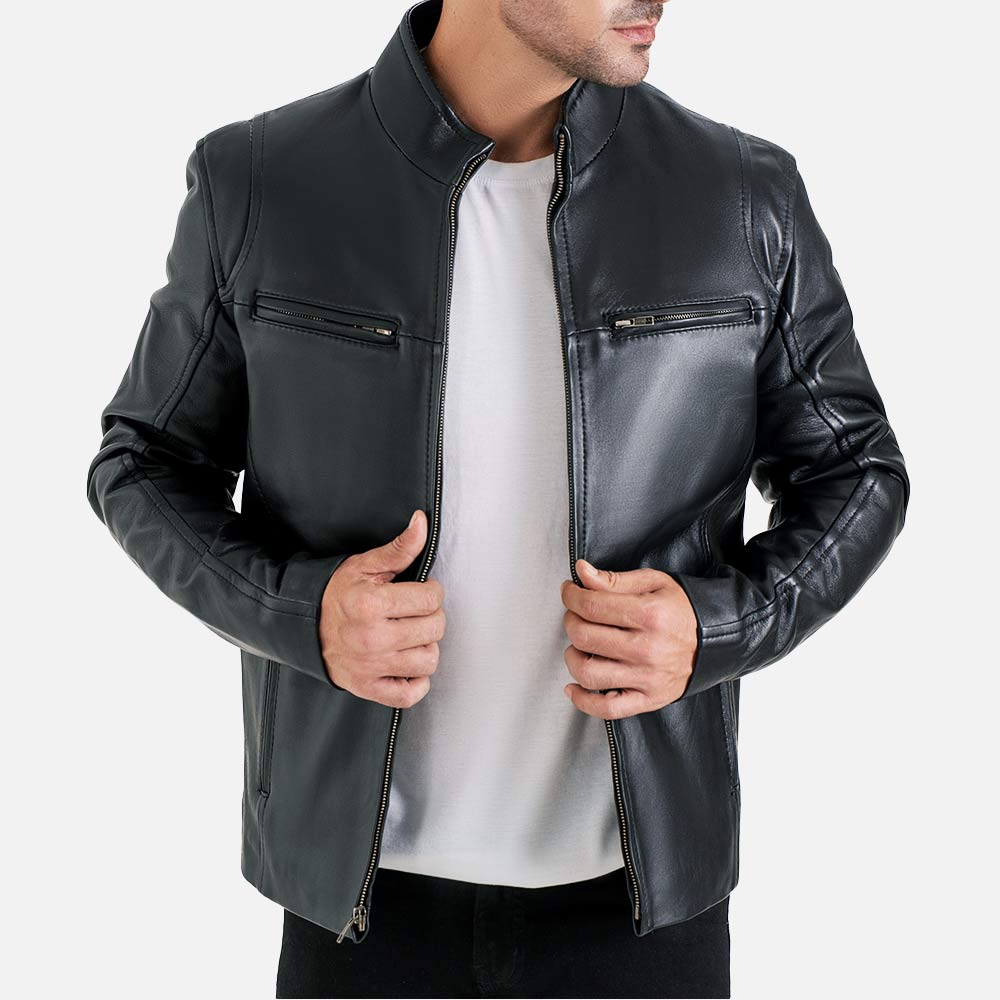
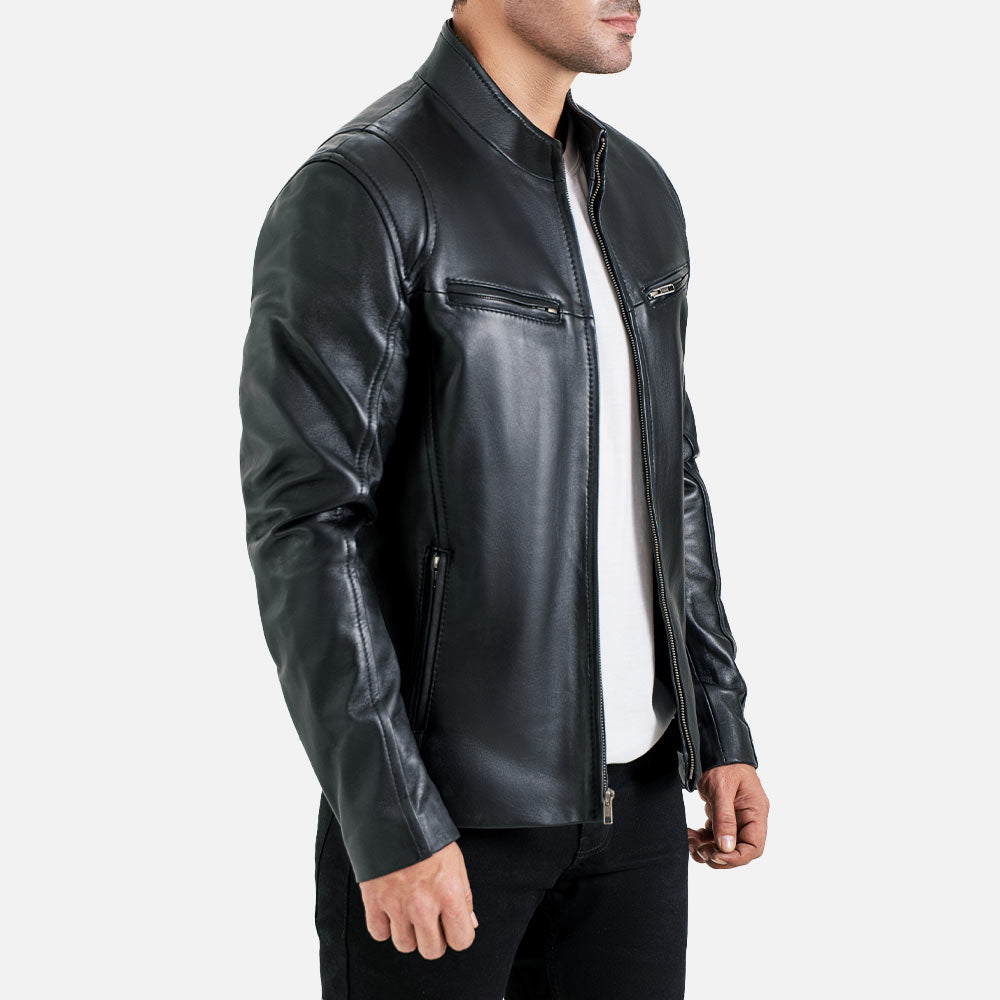
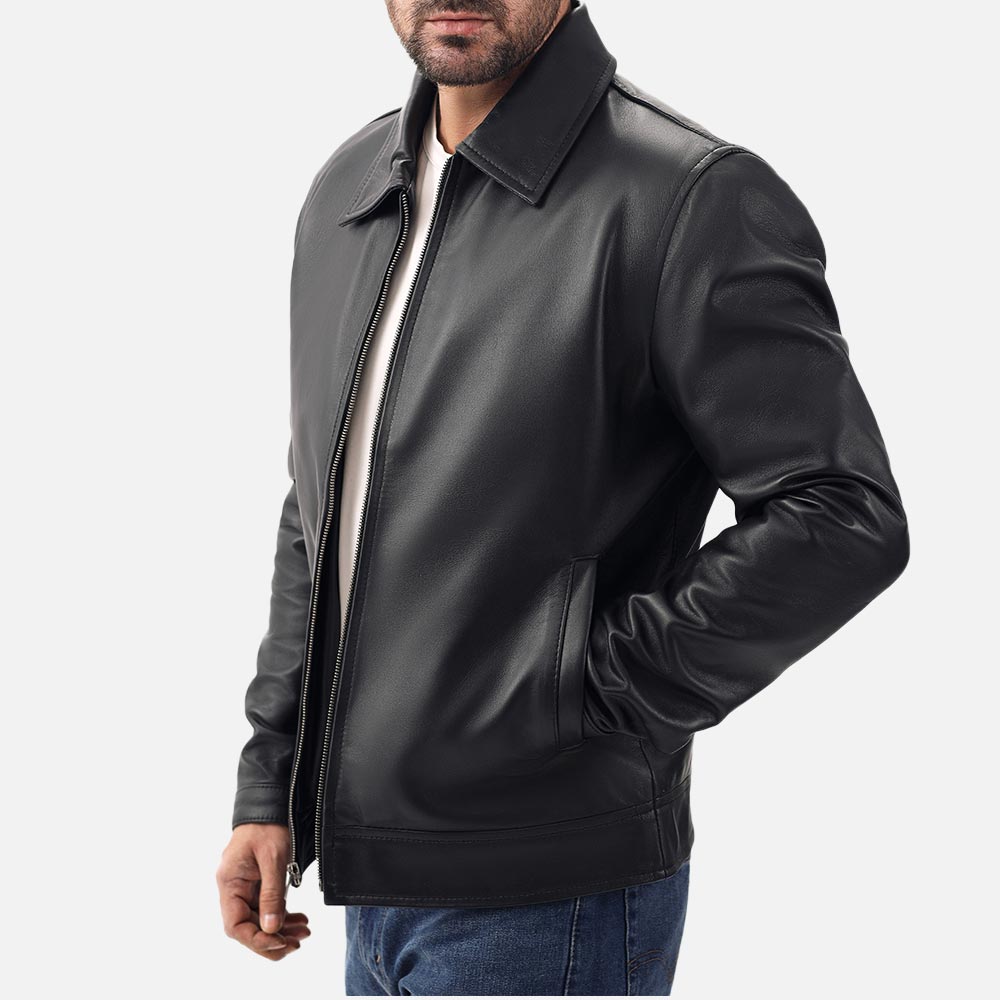
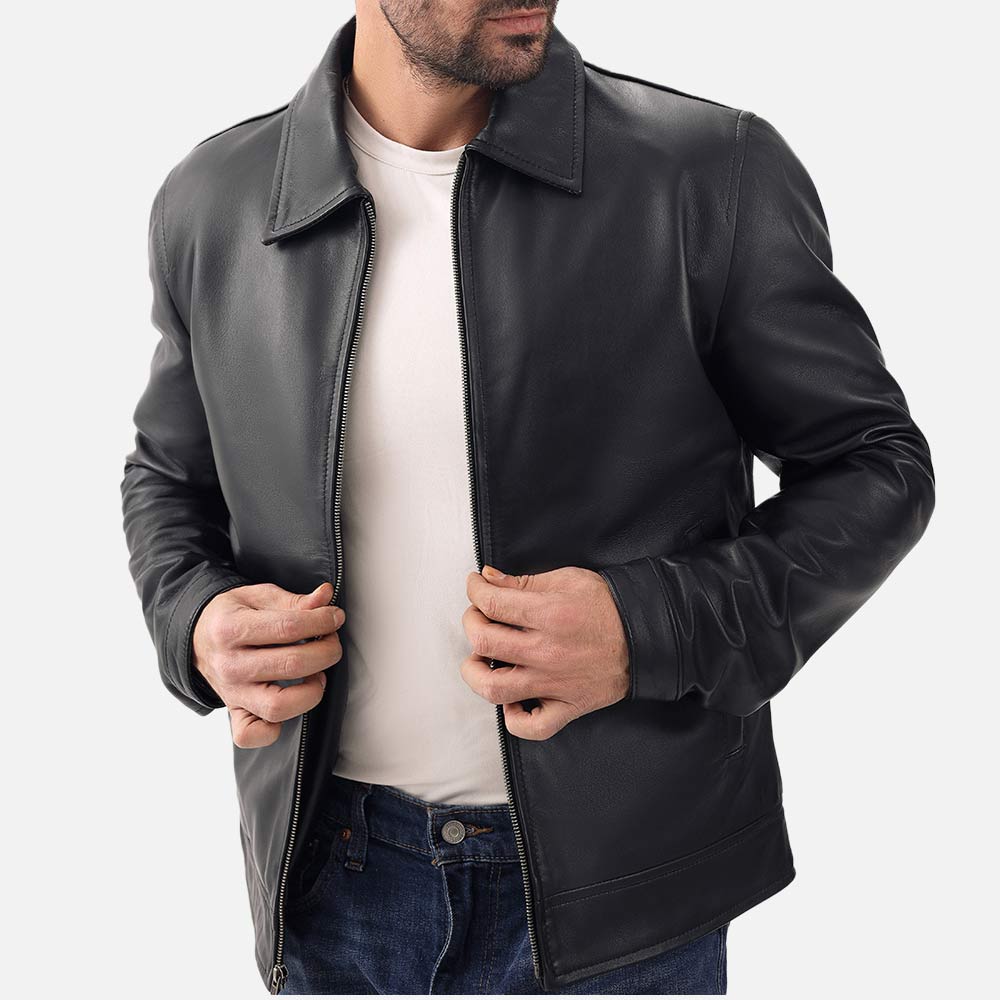
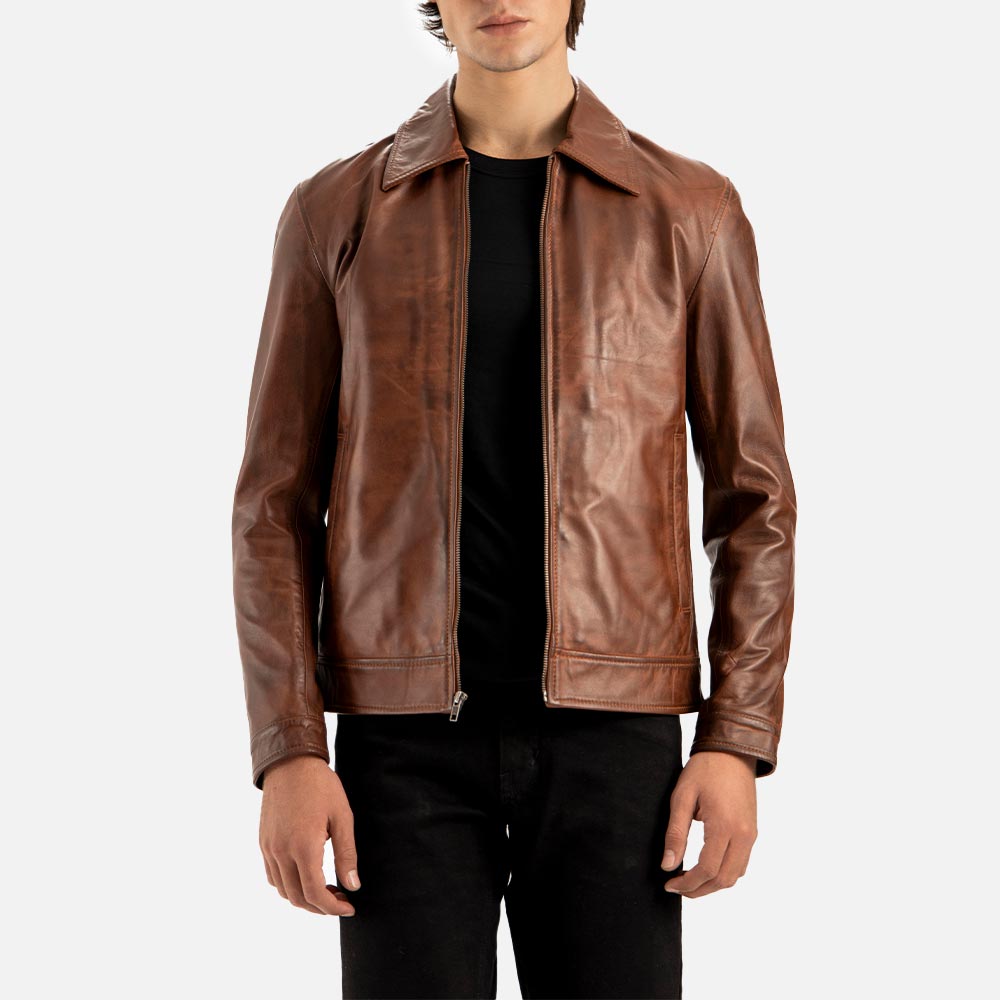

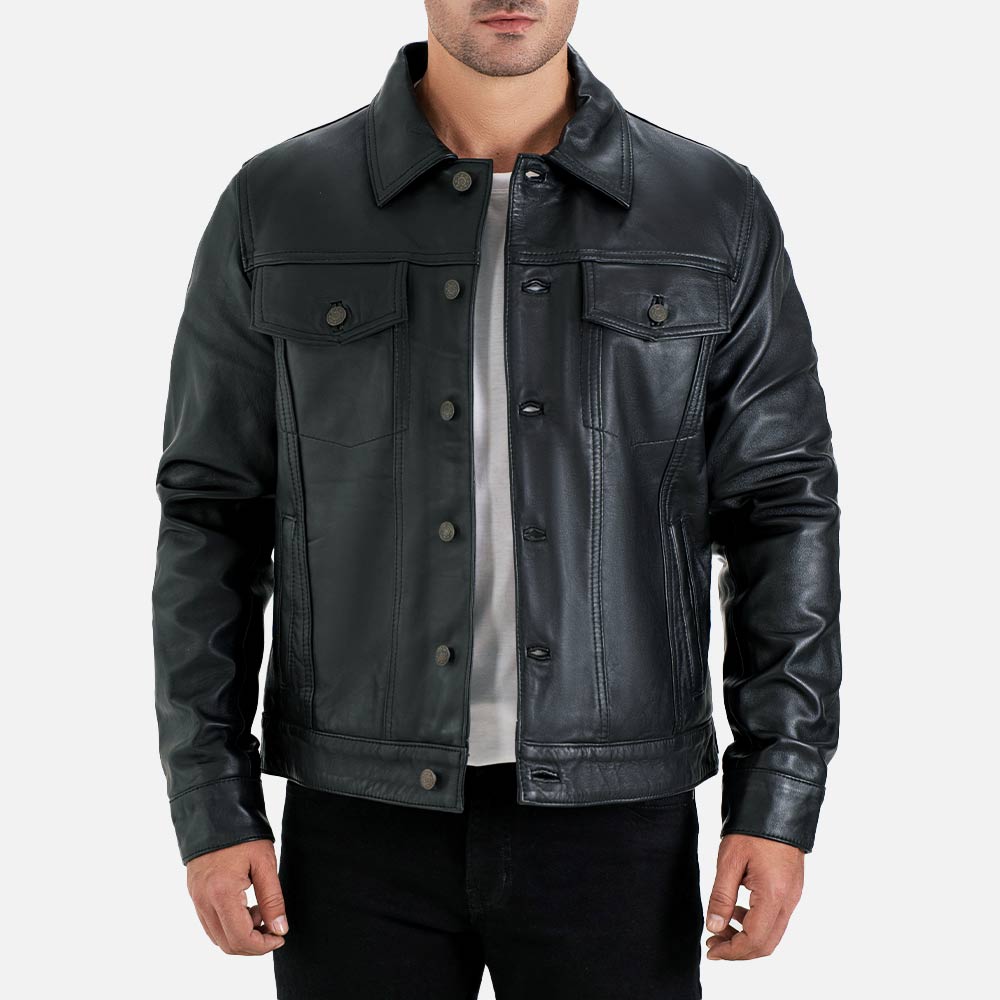
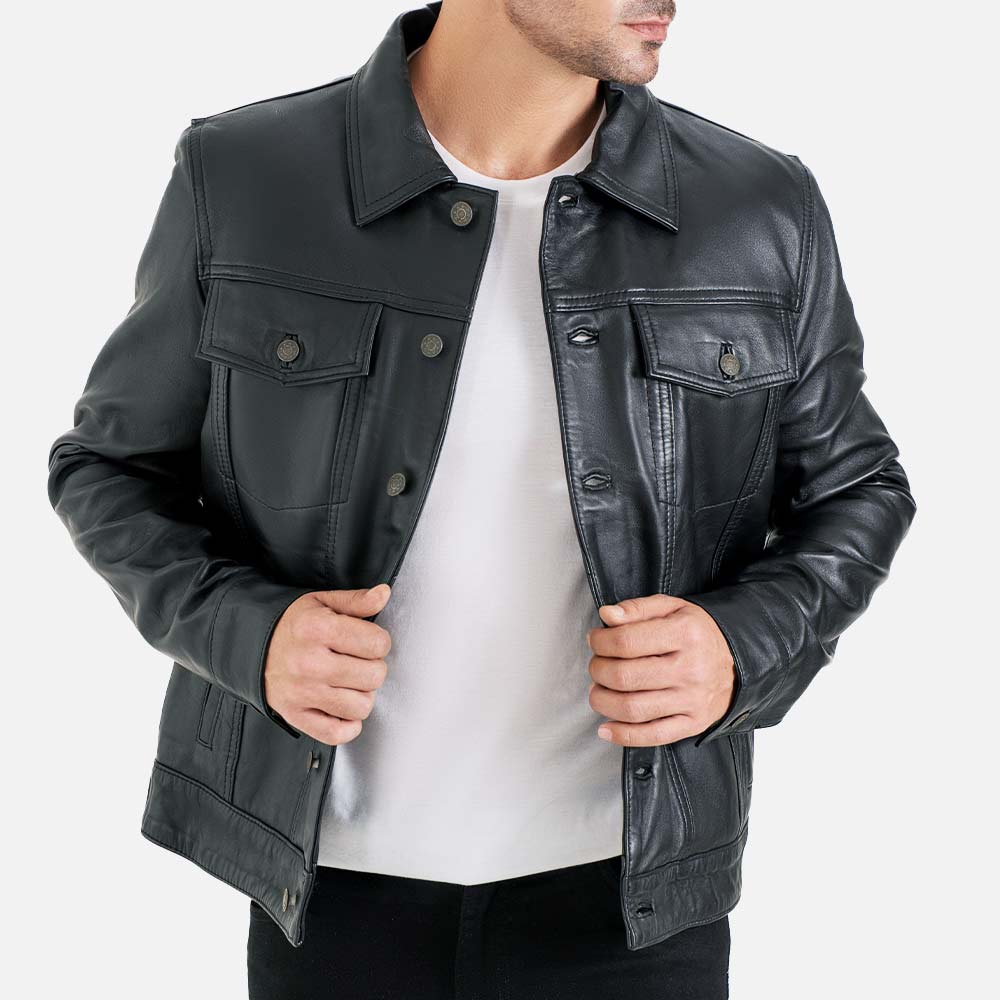


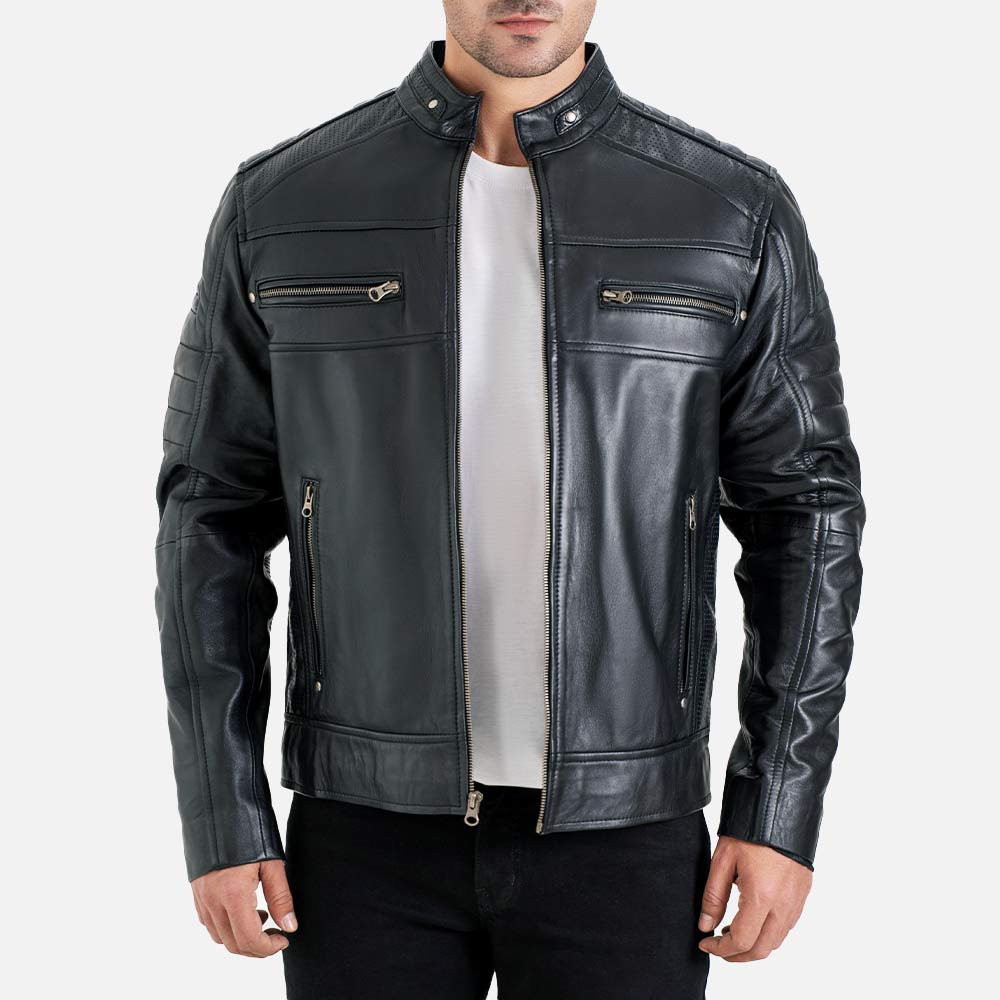
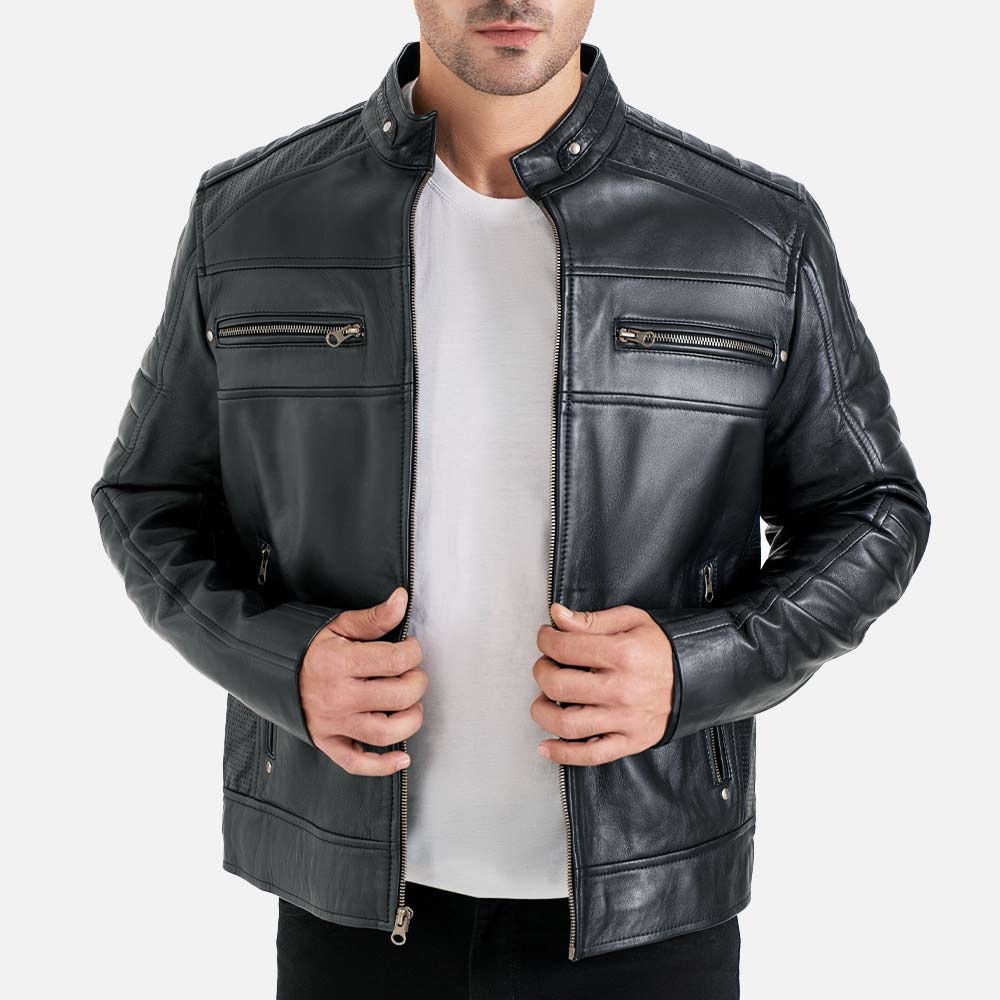
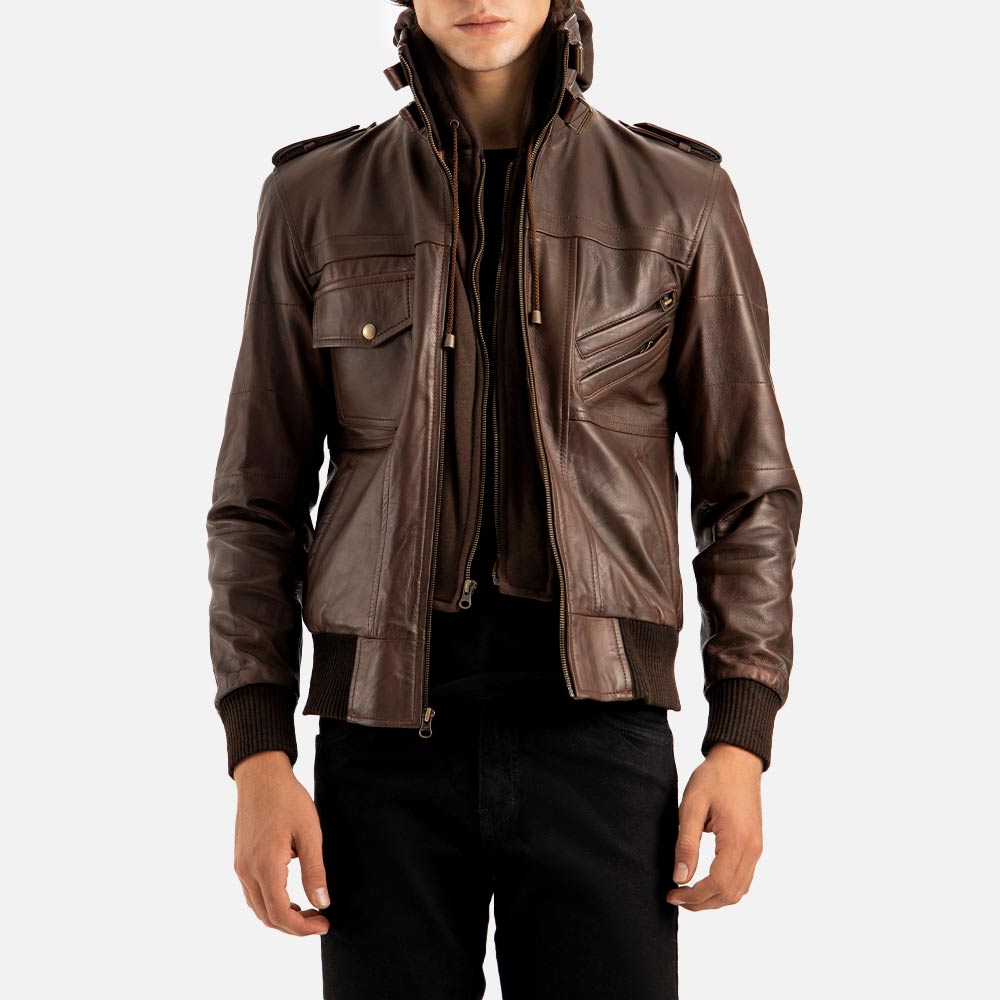





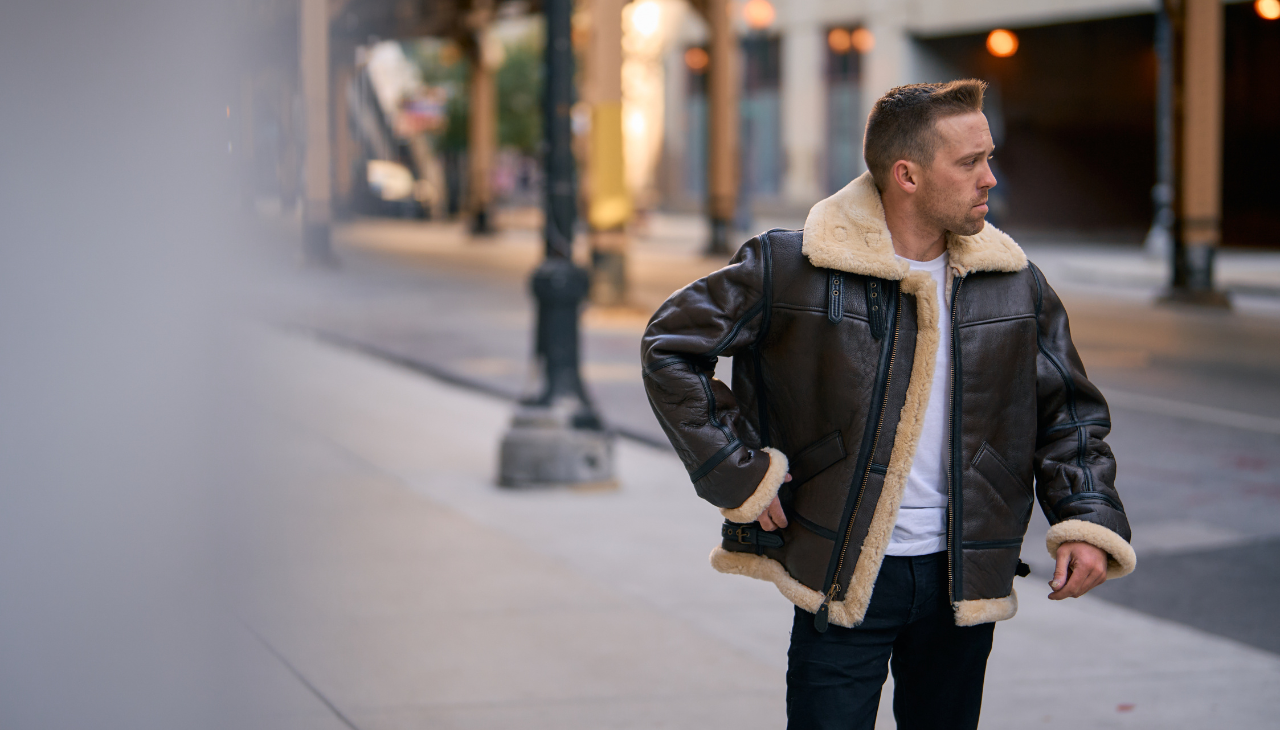

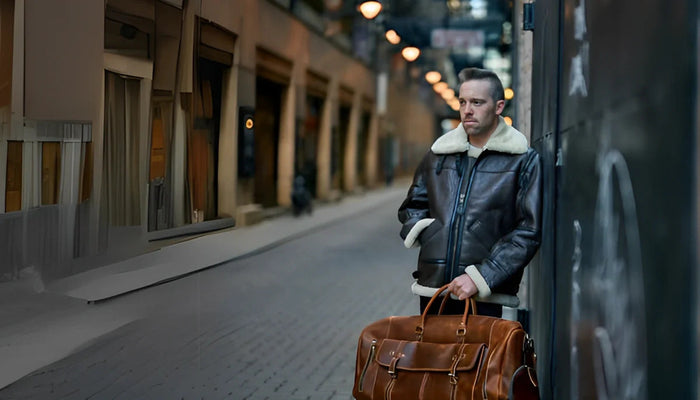
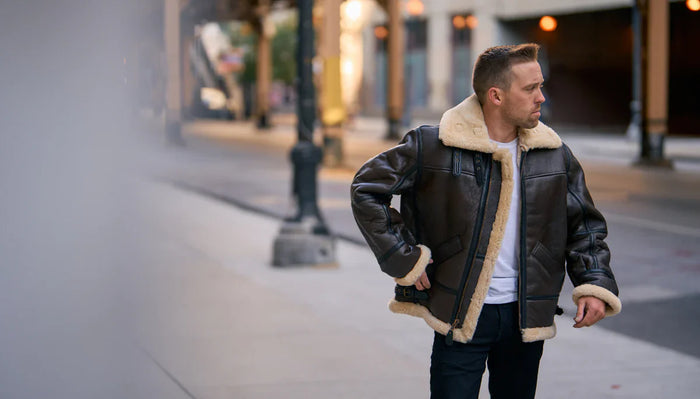
Leave a comment
This site is protected by hCaptcha and the hCaptcha Privacy Policy and Terms of Service apply.